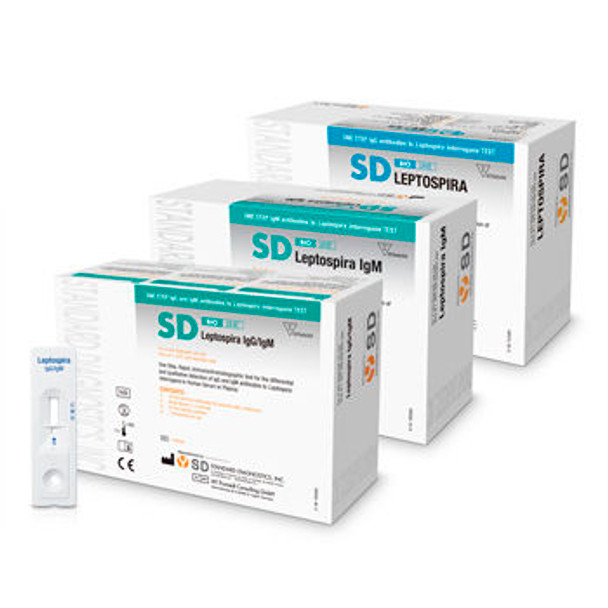LeptoDB: an integrated database of genomics and proteomics resource of Leptospira.
Leptospirose is a potentially fatal zoo-anthroponosis caused by Laptipira’s pathogenic species belonging to Leptospiraceae’s family, with a global distribution and effect, in terms of burden and risk for human health. The “leptob” is a single window dedicated architecture (5,948,311 entries), modeled using heterogeneous data as an essential resource for the species of the global duptipira. Leptodb facilitates well-structured knowledge of genomics, proteomics and therapeutics with more than 500 assemblies, of which 17 and 496 hurries of genomes encoding 1.7 million proteins for 23 species of leptospira with more than 250 serrovres including pathogenic strains.

intermediate and saprophytics. In addition, it seeks to be a dynamic compendium for therapeutically essential components such as the epitope, the primers, the CRISPR / CAS9 drug objectives and putative drugs. The integration of JBrowse provides a description of the elaborate locus sequence or conthip. JMOL for structural visualization of protein, muscular structures for annotation and interactive multiple sequence alignment analysis. Genomic island data will certainly provide an understanding of virulence and pathogenicity. Integrated phylogenetic analysis suggests the evolutionary division of strains. Easily accessible on a public web server, we expect a wide use of these metadata on the laptipira for the development of potential therapeutics.
Fast progress is made in mass spectrometry proteomics (MS), producing a growing number of larger datasets with superior quality and higher flow. To integrate proteomic datasets generated from various projects and institutions, we launched a project named JPOST (Standard Japan Protele / Database, https://jpostdb.org/) in 2015. Its repository of Proteomic data, Jostrepo, started its activities in 2016 and has accepted more than 10 TB of proteomics data games in the last two years.
In addition, we have developed a new proteomics database named JPOSTDB in which the RAW datasets published in Jostrepo are resunalysed using standardized protocol. JPOSTDB provides viewers from the frequency of post-translational modifications detected, the co-occurrence of phosphorylation sites on a peptide and a peptide sharing between proteoforms. JPPOSTDB also provides basic statistical analysis tools for comparing datasets on proteomics.
Updates on Resources, Software Tools and Databases for Plant Proteomics in 2016-2017.
Proteomics Processing, annotation, and data analysis can often lead to major obstacles in high-scale high-speed ascending proteomics experiments. Given the recent increase in large protein data sets generated, efforts in the development occurrences of silico tools have had an unprecedented increase; So much, it is increasingly difficult to keep track of all the progress of a given academic year. However, these tools benefit from the proteomic community of plants to circumvent critical problems in the analysis and visualization of data, as they continually develop open-source tools and developed by the community require potential in future research efforts.
This review will aim to introduce and summarize more than 50 software tools, databases and resources developed and published in 2016-2017 in the following categories: pre-processing and data analysis tools, statistical analysis tools, Tools for identifying peptides, databases and spectral libraries and data visualization and interpretation. Intended for a well-informed proteomic community, finally, efforts in archiving and data validation data for the Community will also be discussed. In addition, the author delimits current and commonly used proteomics tools to introduce novice readers to this -omics discovery platform.
Protein databases Conscious polymorphism – a prerequisite for impartial proteomic analysis of natural populations.
Recent technological advances have increased the flow of proteomics, facilitating the characterization of molecular phenotypes on the level of the population, thus bringing the potential for complementing transcriptomic analyzes. The reference protein databases are crucial for analysis and quantification, because only peptides in the protein database can be identified. Any peptide bearing an amino acid variant can not be identified. Since most proteomic studies, even natural populations, do not take into account polymorphisms, we analyzed the influence of variant peptides on quantitative proteomic analyzes.
We used transcriptomic and proteomic data of two genotypes of Drosophila Melanogaster and identified specific variants for the genotype of RNA-SEQ data. We introduce a simple pipeline to include these variants in a protein database with polymorphism and compared the results to an unmodified reference database. The conscious database of polymorphism identifies not only more peptides, but quantitative values have also changed when peptide variants have been included. We conclude that proteomic quantification is likely to be biased, especially for small genes, when polymorphisms are ignored. The conscious databases of polymorphism can therefore be a key step towards improving proteomic data analyzes, particularly for the analysis of pooled individuals and the comparison of population samples.
A family of proteoforms is a group of associated molecular shapes of a protein (proteoforms) derived from the same gene. We previously described a strategy to identify proteoforms and eluciding proteoform families in complex mixtures of intact proteins. The strategy is based on measurements of two properties for each proteoforme: (i) the intact mass of precise proteoforme, measured by liquid chromatography / mass spectrometry (LC-MS), and (ii) the number of lysine residues in each proteoforme. , determined using an isotopic labeling approach. These measured properties are then compared with those extracted from a catalog of theoretical proteoforms containing protein sequences and localized post-translational modifications (PTMS) for the organism under study.




